Service hotline
+86 0755-23615795
Release date:2025-06-17Author source:KinghelmViews:1909
The main performance indicators of RF antennas are as follows:
1) Frequency Characteristics
Operating Frequency: The center frequency or frequency range for which the antenna is designed to operate, determining the types of signals the antenna can effectively transmit or receive. For example, the operating frequency of a GSM900 system antenna is around 900MHz.
Bandwidth: The frequency range within which the antenna can effectively operate. The wider the bandwidth, the broader the range of signals the antenna can handle. It can be categorized into absolute bandwidth, relative bandwidth, and octave bandwidth.
2) Gain and Directivity
Gain: Describes the ability of the antenna to amplify signals, typically expressed in dBi (isotropic) or dBd (dipole). The higher the gain, the farther the signal can travel, and the stronger the signal.
Directivity: The directional characteristics of the antenna in transmitting or receiving signals. An omnidirectional antenna emits signals uniformly in all directions, suitable for scenarios that require full coverage. A directional antenna concentrates signals in specific directions, such as a parabolic antenna, often used for point-to-point communication or applications requiring specific directional coverage.
Beamwidth: Refers to the width of the antenna's main lobe, usually defined as the angle between the two points on either side of the main lobe where the radiation intensity drops by 3 dB. The smaller the beamwidth, the better the direction selectivity and interference resistance, though the coverage range will also decrease.
Front-to-Back Ratio: For directional antennas, the front-to-back ratio measures the difference in gain between the forward and backward directions of the antenna. A higher front-to-back ratio indicates better directivity and reduced signal interference.
3) Impedance and Standing Wave
Input Impedance: The impedance at the antenna port, which is typically matched to the characteristic impedance of the transmission line to reduce reflections. The input impedance of mobile communication antennas is usually 50Ω.
Standing Wave Ratio (VSWR): Measures the degree of impedance matching between the antenna and the feed line. The closer the VSWR is to 1:1, the better the impedance match, resulting in higher energy transmission efficiency.
4) Polarization Characteristics
Describes the direction of the electric field of the electromagnetic wave transmitted or received by the antenna. Common polarization types include vertical polarization, horizontal polarization, circular polarization, and elliptical polarization. For optimal performance, the transmitting and receiving antennas should have the same polarization.
5) Radiation and Efficiency
Radiation Pattern: Describes the spatial distribution of the antenna's radiated field, which can have single-mode, dual-mode, or multi-mode radiation patterns.
Efficiency: Represents the ratio of the power actually radiated by the antenna to the input power, reflecting the antenna's ability to convert input electrical energy into radiated power. The higher the efficiency, the better the antenna's performance.
Side-lobe Suppression: The smaller the side-lobes (secondary lobes) of the antenna, the better. Larger side-lobes can increase the potential for interference and degrade signal quality.
6) Other Indicators
Size: The actual physical size of the antenna, which affects the antenna's frequency response, gain, and other performance indicators. In applications with strict spatial constraints, the antenna size is an important consideration.
Isolation: For dual-polarized antennas or multi-antenna systems, isolation refers to the degree of signal separation between different polarizations or antennas. The higher the isolation, the smaller the mutual interference between signals.

About Kinghelm
Kinghelm is a leading provider of high-quality electronic components,including RoHS-compliant antennas, wires, plug-ins, switches, and connectors. With over 17 years of experience, the company serves industries including automotive, telecommunications, industrial automation, medical devices, and consumer electronics. Kinghelm is known for its durable, reliable components that meet international standards and are used in applications ranging from renewable energy to IoT devices.
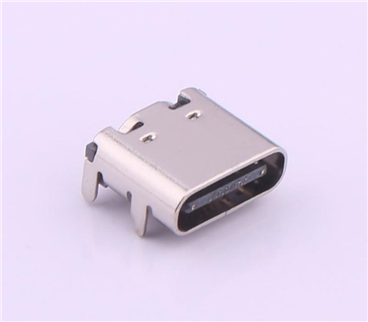

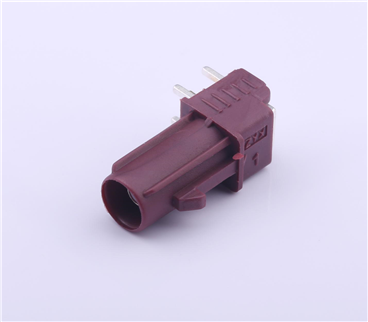
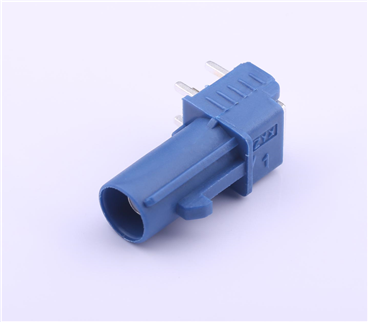
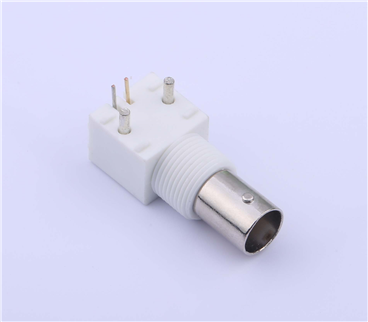
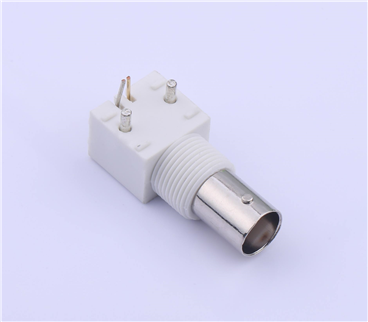
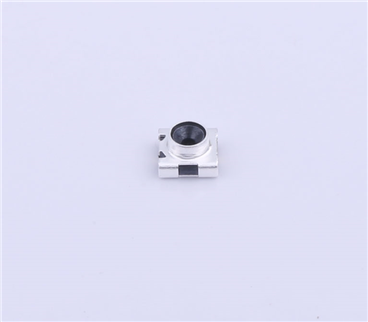
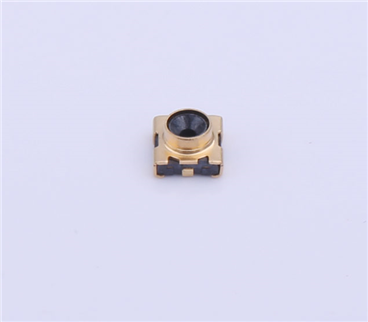
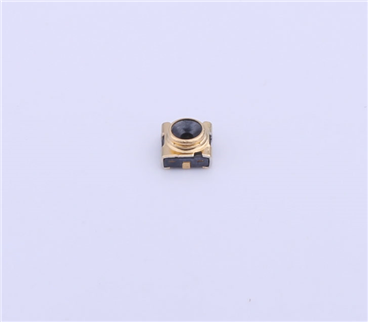
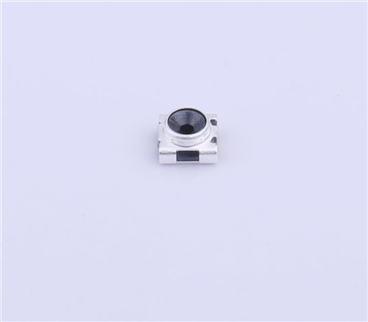
Copyright © Shenzhen Kinghelm Electronics Co., Ltd. all rights reservedYue ICP Bei No. 17113853